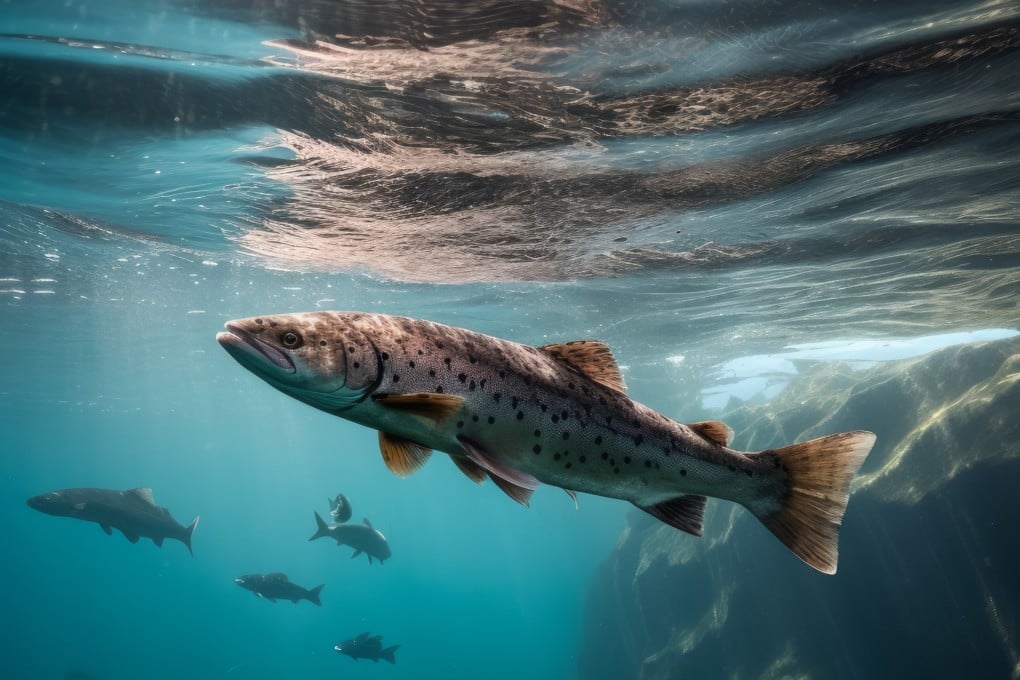No aircon needed? Salmon DNA could spawn new sustainable way to keep homes cool in summer
- A biodegradable gel produced from a mixture of DNA and gelatin could have a cooling effect of up to 16 degrees Celsius

Chinese scientists have developed a gel made from gelatin and salmon DNA that can reflect sunlight off buildings and create a cooling effect of up to 16 degrees Celsius.
The biodegradable material can be welded together on a large scale using only water, creating planks that can act as a passive cooling material that will reduce the need for energy-hungry cooling methods such as air conditioning and refrigeration that risk undermining the fight against global warming.
The material “is another tool for designing next-generation sustainable cooling materials”, the team from Sichuan University wrote in a paper published in the journal Science.
They added that in some parts of the world, energy consumption to “maintain a comfortable environment” could surpass 40 per cent of total energy use.
The team tested the bricks in Chengdu, the subtropical capital of Sichuan province, where the average summer highs are over 30 degrees Celsius (86 Fahrenheit) with average humidity of more than 80 per cent.
They found the aerogel bricks had an ambient cooling effect of 5.7 degrees Celsius in cloudy areas, and 16 degrees in direct sun. They even had a cooling effect of 1.8 degrees between midnight and sunrise.